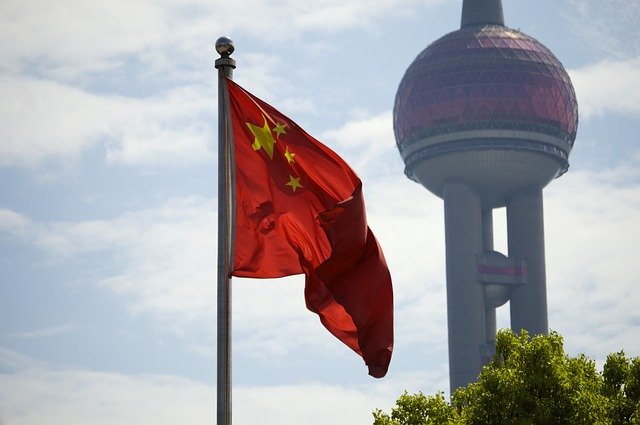Researchers in China are planning to develop a nuclear reactor that does not require water for cooling. A team of researchers working in China recently unveiled the design for the commercial nuclear reactors that won't need water for cooling, which will allow the systems to be built even remote locations, including deserts.
If successful, it will help solve a lot of problems such as supplying power easily to more densely populated locations. Moreover, this type of nuclear reactors will also be a lot safer than the traditional ones because in the event of a leak, the molten thorium would cool and solidify quickly, dispersing less radiation into the environment.
China Takes a Leap Forward

China has long been contemplating developing a waterless nuclear reactor, which finally seems to be on its way. Construction work on the first commercial reactor should be completed by 2030. This will allow construction of such nuclear reactors even in desert regions, where the Chinese government is planning to build several.
The government also plans to make it in the plains of central and western China. The molten salt reactor will be powered by liquid thorium instead of uranium. This will be safer than traditional nuclear reactors because in case of a leak, the molten thorium would cool and solidify quickly, dispersing less radiation into the environment.
"Small-scale reactors have significant advantages in terms of efficiency, flexibility and economy. They can play a key role in the future transition to clean energy. It is expected that small-scale reactors will be widely deployed in the next few years," Professor Yan Rui and colleagues at the Shanghai Institute of Applied Physics wrote in a paper published in the Chinese journal Nuclear Techniques last week, according to the South China Morning Post.
That said, China is also considering building these reactors for a few other countries that have signed up to the Belt and Road Initiative. This is because, unlike uranium, thorium cannot be used to make nuclear weapons.
Big Plans

The idea to come up with a waterless nuclear reactor has been playing in China's mind for quite some time now. Moreover, the concept of molten salt reactor program is in line with President Xi Jinping's big plans wherein he said last year that China aims to become carbon neutral by 2060.
Going by the official plan, these reactors will be constructed in the sparsely populated west of the country with the aim of providing clean, stable electricity supply to the densely populated east in combination with wind and solar power plants.
However, more that that it will also add muscle to China's defense system as the technology is likely to provide a new energy source for Chinese warships such as aircraft carriers and submarines.
The concept of nuclear reactors powered by liquid salt instead of solid fuel rods has been in existence since the 1940s, with the United States even building a facility to test the technology's capacity to generate electricity. Also France and the former Soviet Union (USSR) and Japan also launched similar programs all those failed because they could not solve problems such as pipes cracking too easily because they had become corroded by the radioactive molten salt.
However, Chinese researchers had for years been working on rectifying the earlier errors and now seem to be successful. In 2011, Beijing approved the construction of the prototype Thorium Molten Salt Reactor (TMSR), in Wuwei, a desert city in Gansu province. Although the project fell behind schedule last year, in part due to the pandemic, construction work on the TMSR is due to finish next month and a test run of equipment could start as early as September.









